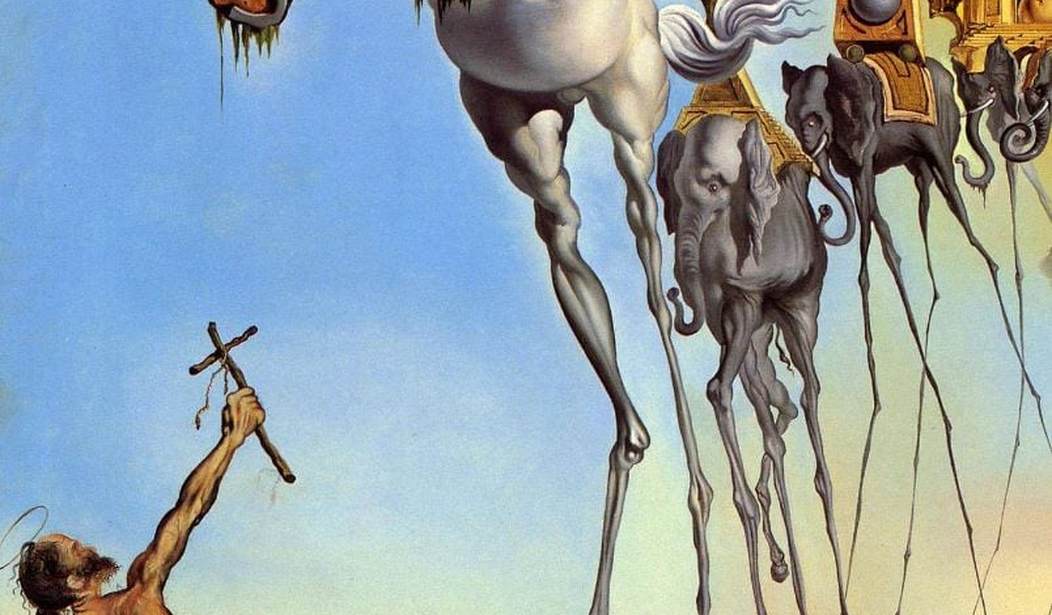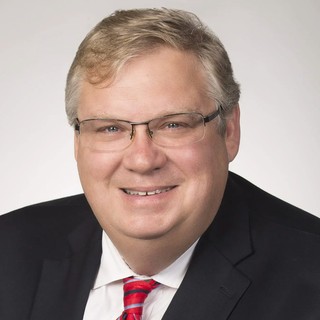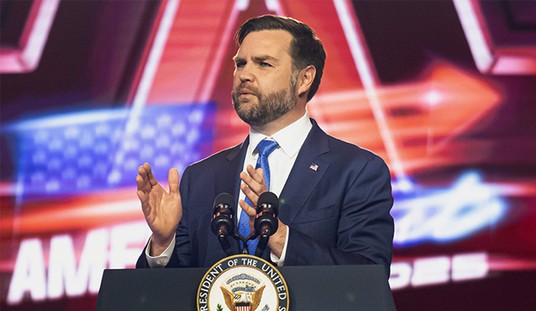A new Pennsylvania grand jury report runs 1,356 pages and contains details of twisted priests and their wicked assaults on children in six separate Catholic dioceses spanning decades.
Having gone to Catholic school in the Greensburg diocese, I was relieved that none of the twenty priests named as abusers by the grand jury from that diocese were from the parish where I was baptized and confirmed. The Cathedral where I attended school, however, was not so lucky. The priest assigned there — and who may well have given me first communion or heard confessions — was indeed named as an abuser.
Other priests were described in the grand jury report as engaging in behavior so sacrilegious and incomprehensible that I can’t bring myself to describe it here. In one comparatively mild instance — using the word comparatively in only the most literal sense — Fathers George Zirwas and Richard Zula and two other priests took Polaroid photos of a nude boy they asked to stand on a bed and pose like Christ on the cross.
Other acts of sacrilege and deviance fill the report that are just too much for me to recount. You can find them yourself here.
After reading the report, questions cascade like a waterfall. How did they get away with this for decades? Where was the law?
Former Beaver County District Attorney Robert Master testified to the grand jury that he shut down an investigation into a priest in the 1960s to “prevent unfavorable publicity” and win support for his political career. In other words, the law failed. Or, more accurately, the people entrusted to enforce the law failed.
Sometimes parents didn’t believe their own children when they reported the abuse. That would certainly enable the abuse to thrive.
The grand jury report is not without critics. Cardinal Donald Wuerl, who served as Bishop of Pittsburgh, was faulted by the report for responding to the problem ineffectively. A Wuerl spokesman said the report represented a “flawed process” that built “unwaveringly toward a predetermined result.”
For sure, Pennsylvania Attorney General Joshua Shapiro engineered this report and approached past abuse in the Catholic Church with an unmatched zeal.
Bill Donohue of the Catholic League is another Shapiro critic. He notes that “some of the priests are innocent and have had no opportunity to defend themselves. Many are dead.”
Donohue argues that abuse in the Catholic Church is a problem largely from yesteryear, and that Shapiro isn’t so interested in the prevalent contemporary forum for child sex abuse — namely public schools:
So if no one can be prosecuted, and there is no investigation of the clergy from other religions, to say nothing of the widespread sexual abuse of minors in the public schools, why is Shapiro presiding over the grand jury report on priests? It’s not exactly hard to figure out: he wants to stick it to the Catholic Church.
True enough that public schools seem to be the new venue for abuse. And many Catholic dioceses — such as the Diocese of Tulsa and Diocese of Arlington — have implemented aggressive and seemingly effective programs to snuff out even the opportunity for abuse in the church community.
But where Donohue comes up short is that even if abuse from 30 years ago is not the only abuse, it still must be reported and confronted, and a community must reconcile itself to the history.
Because the history is real.
Perhaps General Shapiro can prove Bill Donohue wrong and turn his attention to the other venues where abuse now flourishes. Perhaps he won’t.
Some — particularly those in Hollywood and others who hate the Church — will take this as an opportunity for ridicule and to pile hate on top of hate.
The question is whether the abuse was somehow part of the Church, or, was an attack on the Church itself. Was the priests’ abuse something intrinsic to the Catholic Church? Or was it something else? Your answer may color everything.
Prayers for priests are a regular part of prayer for Catholics. In some parishes, each day is dedicated to a different named diocesan priest. Graham Greene’s “Whisky Priest” in the Power and the Glory provides a fictional account of what can go wrong, and what can go right in the life of a priest.
Some in Hollywood, and elsewhere, may view the abuse as part of the Church itself: To be a priest is to be part of a priesthood of abusers. To others, the abuse scandal is an attack on the Church that started with priests who allowed temptation to grow into wickedness and the abuse of children. Those who believe the abuse scandal is an attack on the Church may be shocked and surprised by the details of the abuse. That the abuse occurred in such a widespread way may be comparatively less surprising — again, with only the most literal use of the word comparatively.
After all, the abuse scandal represents a story as old as Christ in the desert, Anthony, Padre Pio, and Faustina. Priests are not immune from the whispers of Wormwood. Why would priests in the 20th Century be any different?
The intense sadness for the victims of the abuse is amplified by the sadness for the failings of the priests. They formed a twisted community where the most grotesque abusive behavior was acceptable. Instead of uplifting the community, they permanently wounded it.
Is it worse in Pennsylvania than elsewhere?
When I return to my hometown, I see churches closing and being consolidated. One priest might cover two or three churches now. Other Catholic dioceses outside of Pennsylvania seem more vibrant and more alive than the ones named in the grand jury report. Many dioceses outside of Pennsylvania are opening new churches, not consolidating existing ones. The easy explanation is population decline in Pennsylvania, but I think there might be something more.
Through the 20th Century, Pennsylvania Catholic communities were characterized by insular immigrant populations. A Polish Catholic church might be a few blocks from a Slovak church. An Italian Catholic church can be just down the street from a German church. To immigrants and the first and second generations that followed — generations that take us into the time period of the abuse — priests were authority figures in ways that made the abuse all the more wicked. That may answer the question why a mother did not believe a son when he reported the abuse to her, as the grand jury report details.
The abuse described in the report did no good for the Catholic Church in Pennsylvania. It was a silent corrosive in Catholic communities there for decades. Victims festered. Instead of inspiring vocations, these priests named in the report were destroying any possibility of drawing more to the priesthood. To think that has no role in the shortage of vocations across Pennsylvania, and instead attributing the shortage to only a declining population, is whistling past the graveyard.
The rampant consolidation or closure of parishes in the Diocese of Greensburg and Diocese of Pittsburgh is certainly caused in part by population decline. But the grand jury report, I believe, reveals another cause.
Instead of building up the church and evangelizing to the populations, the abusive priests were doing the opposite. They were wrecking young children and also eroding a vibrant Catholic community and culture in Pennsylvania. Abusive priests drive people from the Church.
If you aimed to destroy a vibrant Catholic community, one way would be to turn priests into monsters toward children.
Yet the Church hasn’t vanished in the afflicted communities. The Tribune Review visited Our Lady of the Most Blessed Sacrament yesterday, the parish where Father Zula served decades ago:
Marsha Etzrodt of Natrona Heights knew that one of the predator priests had been a priest at the parish, but she didn’t know him. “These current priests are wonderful,” she said.” The church will survive.” Barbara Simpson of Cheswick said priests are nothing like the men named in the grand jury report. “You can’t tar all the priests with the same brush. Doctors, teachers, all professions have bad apples,” she said.
Forgiveness and limitless mercy are at the heart of Christian teaching. So is reconciliation. The Pennsylvania grand jury report catalogs terrible tragic events, and also presents a tremendous challenge where mercy and reconciliation provide the only way out.











Join the conversation as a VIP Member